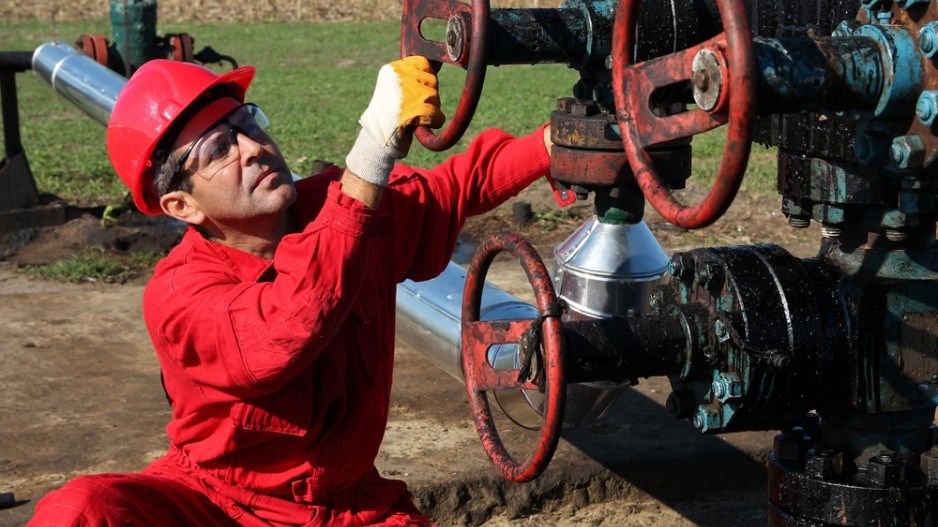The amount of greenhouse gas escaping from B.C.’s natural fields is higher than previously thought, according a report that analyzed the “bleeding” of methane from equipment in the natural gas industry.
The report, conducted by the B.C. government and Canadian Association of Petroleum Producers, found that pneumatic devices used to pressurize gas at wellheads and in pipelines leak more methane than previously believed.
According to the results of the study, GHG emissions from pneumatic devices are about 70% higher than reported currently,” a B.C. government news release states. “By understanding the true rate of methane released from these instruments, industry can more accurately report its GHG emissions without the need for redundant metering devices."
The finding means the estimates for greenhouse gas produced by the gas sector in B.C. is off by 4%, and the province’s overall GHG inventory is off by 0.6 %.
“The result is that the actual emissions are noticeably higher than what we had been reporting,” said Matt Horne director of climate change for the Pembina Institute.
“It’s good that government is doing these kinds of studies to get a better handle on what the actual emissions are, because there has – in the North American context, anyway – been a pretty big debate as to how significant the methane emissions from shale gas extraction is.”
Methane is one of the two principal greenhouse gases. Although not as persistent in the atmosphere as CO2, it is more insulating, so it traps more heat in the atmosphere than CO2 does.
Greenhouse gases are produced by the gas industry primarily in two ways. CO2 is produced when gas is flared or vented. Methane escapes as a “fugitive” gas when wells are drilled, and the recent study gives a clearer picture of one source of fugitive methane sources.
“It doesn’t resolve all the uncertainties in B.C.’s emissions,” Horne said. “There are other sources of methane emissions which would still merit further investigation.”




